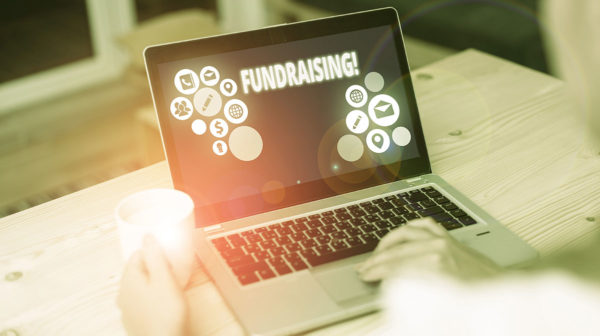Savvy nonprofits use email to win the hearts of their donors in between the organization’s printed appeals and newsletters.
They use email to tell great stories. To report back to donors on the impact their previous gift had. To ask for a donor’s preferences. Email is how they keep their name on a donor’s lips.
Their donors become more familiar with the nonprofit. Their donors like the nonprofit more.
So when an appeal arrives, the donors are more likely to open the envelope, and are more likely to give a gift.
If your organization can become a familiar voice in your donors’ inboxes – a voice who tells wonderful stories of the impact the donor has had and is having – you’ll move onto their “automatic recall” list.
And not only will you raise more with your printed appeals and newsletters, you’ll also get more gifts out of the blue.
Because when a donor gets an inheritance from her Aunt and she wants to make a gift, or she receives a bonus at work and wants to give back, it’s your organization’s name she’ll remember first.
I know it’s hard for nonprofits with fewer resources to write and send out more emails. If that’s you, I’d remind you no donor out there is hoping for another professional-sounding email in a pastel-colored email template with links to everything.
But donors are absolutely interested in a personal, relevant email about things they care about. And because they’ve given a gift to your organization, you know they care about whatever your organization works on.
A simple, text-only email once a month from your founder or ED will go a long way to building relationship.
If you’re up for it: a simple, text-only email once a month with a short story about how the world is a better place because of your organization and the donor – this will go even further to build the relationship.
Keep it simple. Each email is not precious. Get into the habit of regular email communications with your donors and ALL of your fundraising will do better!


